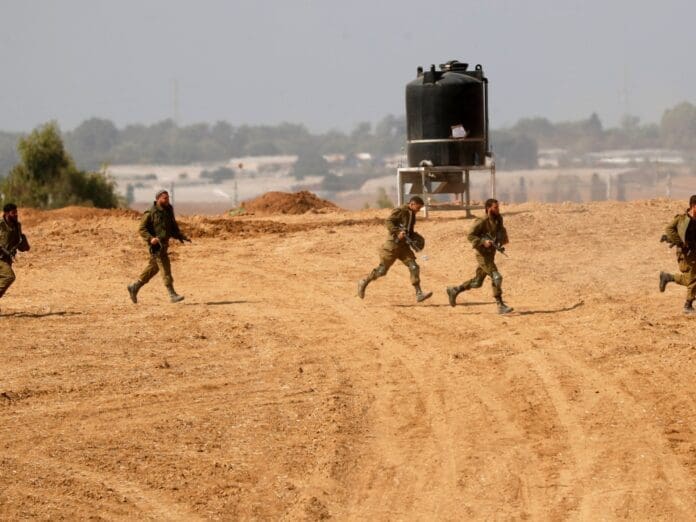Last week, Israel commenced its ground offensive in Gaza, gradually advancing its land forces along three main axes. Armoured and mechanised units moved from the north, dividing into two columns and pushing towards Gaza City, reaching the central sections without significant resistance. The second column advanced along the Mediterranean beaches, possibly not yet cutting off Gaza City’s access to the sea. The third group advanced from the east across relatively easy terrain, reaching the sea and separating the northern section of the Strip from the south. While establishing facts on the ground is challenging, it seems that the front lines have shifted.
Analyzing the ground battles and the performance of the two militaries is difficult due to a lack of reliable information and an abundance of unverified claims. Few impartial observers are present to report on the fine details of tactics and operations. As analysts, we must rely on our own wartime experience and the ability to decipher media releases and official announcements, which often contain propaganda or misinformation.
The rise of social media has enabled common citizens to capture events, but caution should be exercised in accepting the veracity of videos and photographs. The proliferation of misleading and erroneous claims, both honest and intentional, has increased exponentially. Reporters and analysts must assess the plausibility and truthfulness of these claims. One video can have multiple interpretations, exemplifying the complexities of basing testimony on a single scene or side.
In another war, buildings in a hospital complex were hit, causing casualties. Journalists who ventured to the attacked side of the hospital found the army trying to remove their dead and wounded soldiers, as well as military equipment, from the supposed medical-only facility. This incident highlights how conflicting versions can arise from each side of a conflict.
In Gaza, despite continuous airstrikes, the urban war has not escalated significantly. Both sides seem to be engaging in small-unit probes and hit-and-run attacks. The Israeli forces have chosen a more cautious approach, utilizing dismounted soldiers who follow tanks on foot instead of remaining inside armoured personnel carriers. This tactic carries higher risks but keeps the tanks safer.
A Palestinian video showed an ambush that destroyed an Israeli Merkava tank. The attack was executed by a Hamas fighter, who planted an explosive device from the blind spot of the tank’s crew. Another fighter then detonated the explosive with an antitank projectile, causing a powerful blast. Hamas claimed to have destroyed three tanks, but details of the other cases are unknown. It is possible that the surprise tank attack was carried out using one of the Hamas tunnels, illustrating their potential danger.
The next stage of the war may involve entering the tunnels to track down Hamas fighters, rescue hostages, and ultimately destroy the tunnel network. However, the United States’ call for a “significant pause” in fighting to facilitate hostage release talks may postpone or even prevent this stage from occurring.
Home The Conflict Analysis: Israel-Palestine conflict could see escalating bloodshed in Gaza ground war
